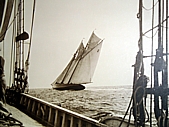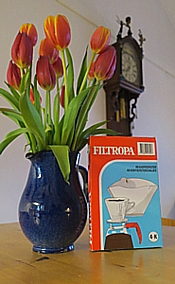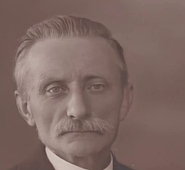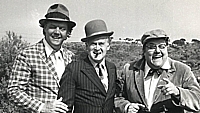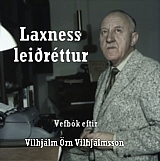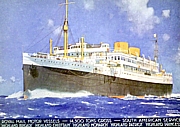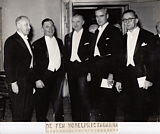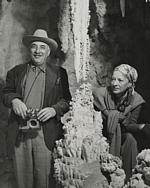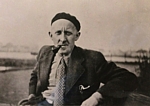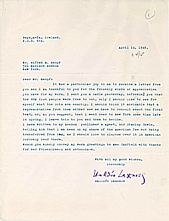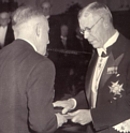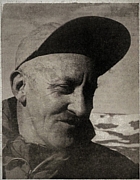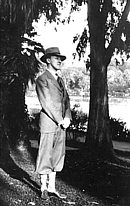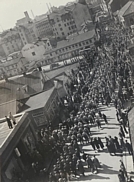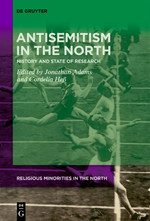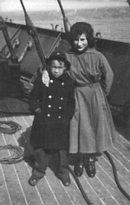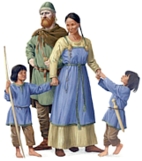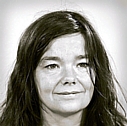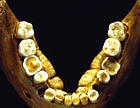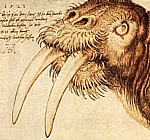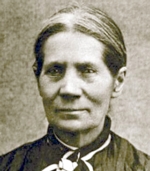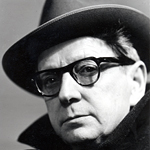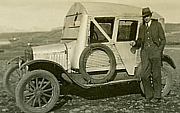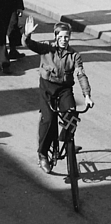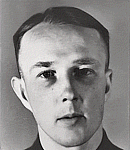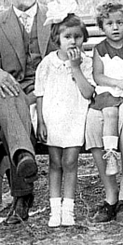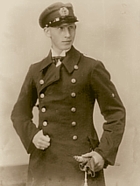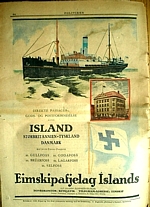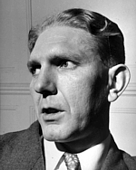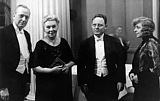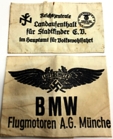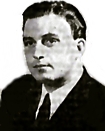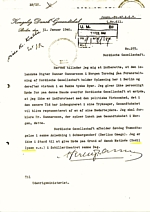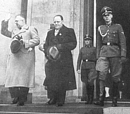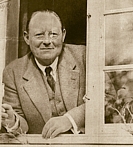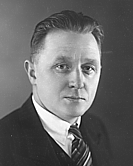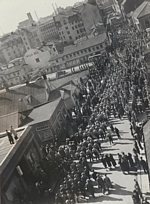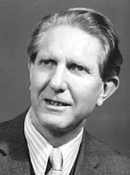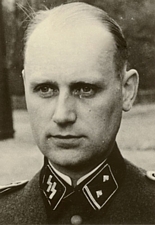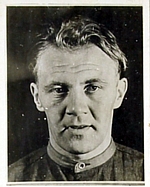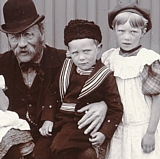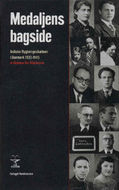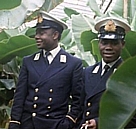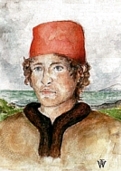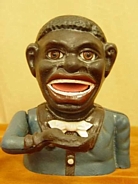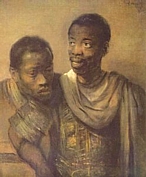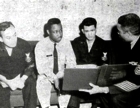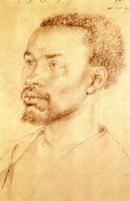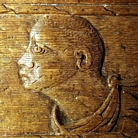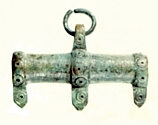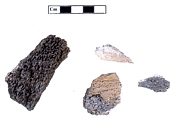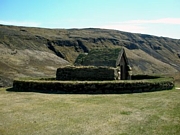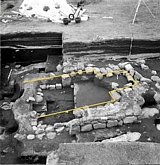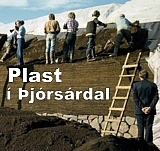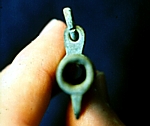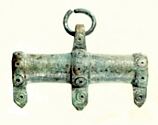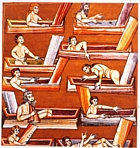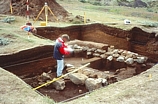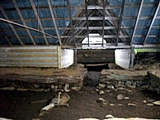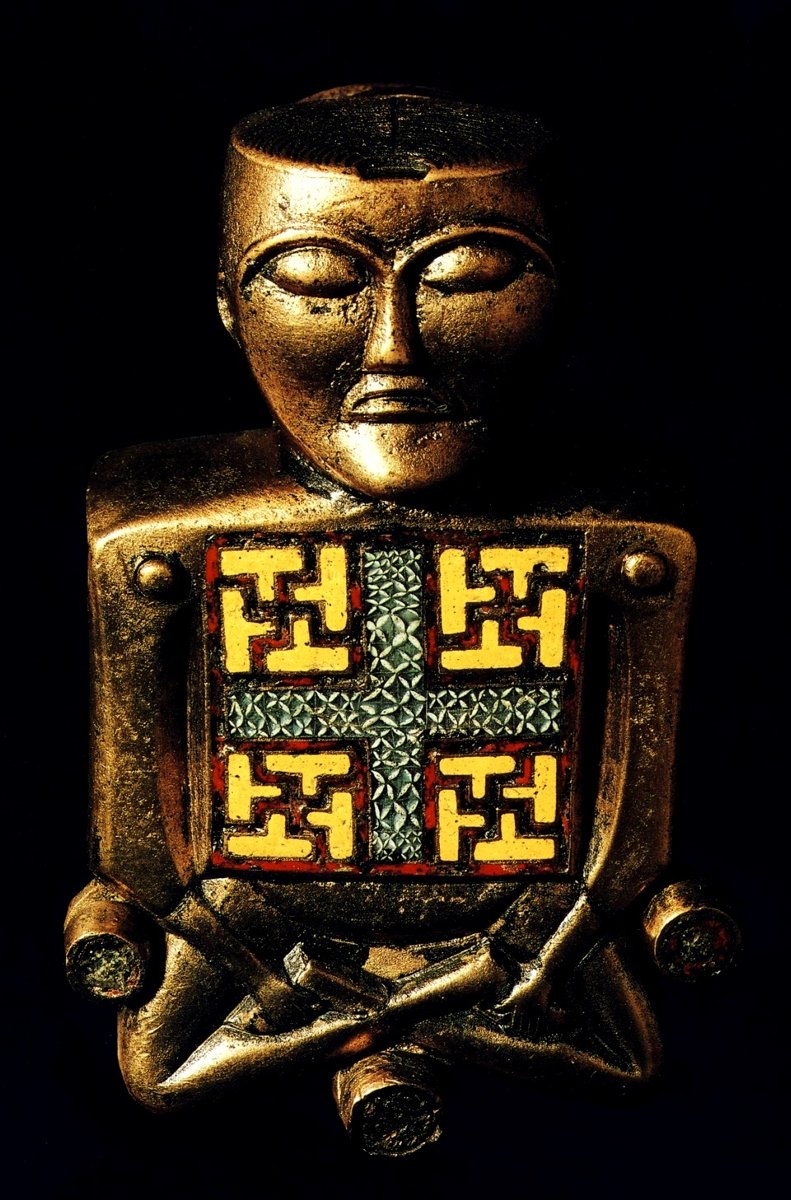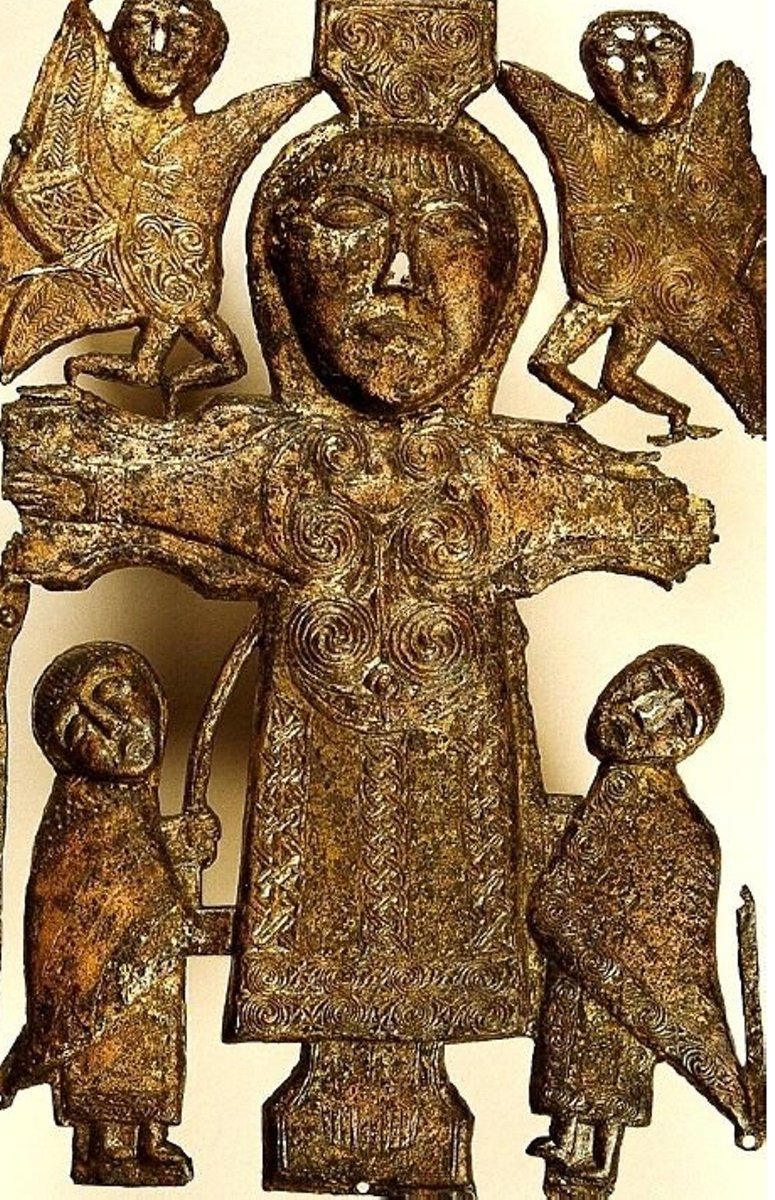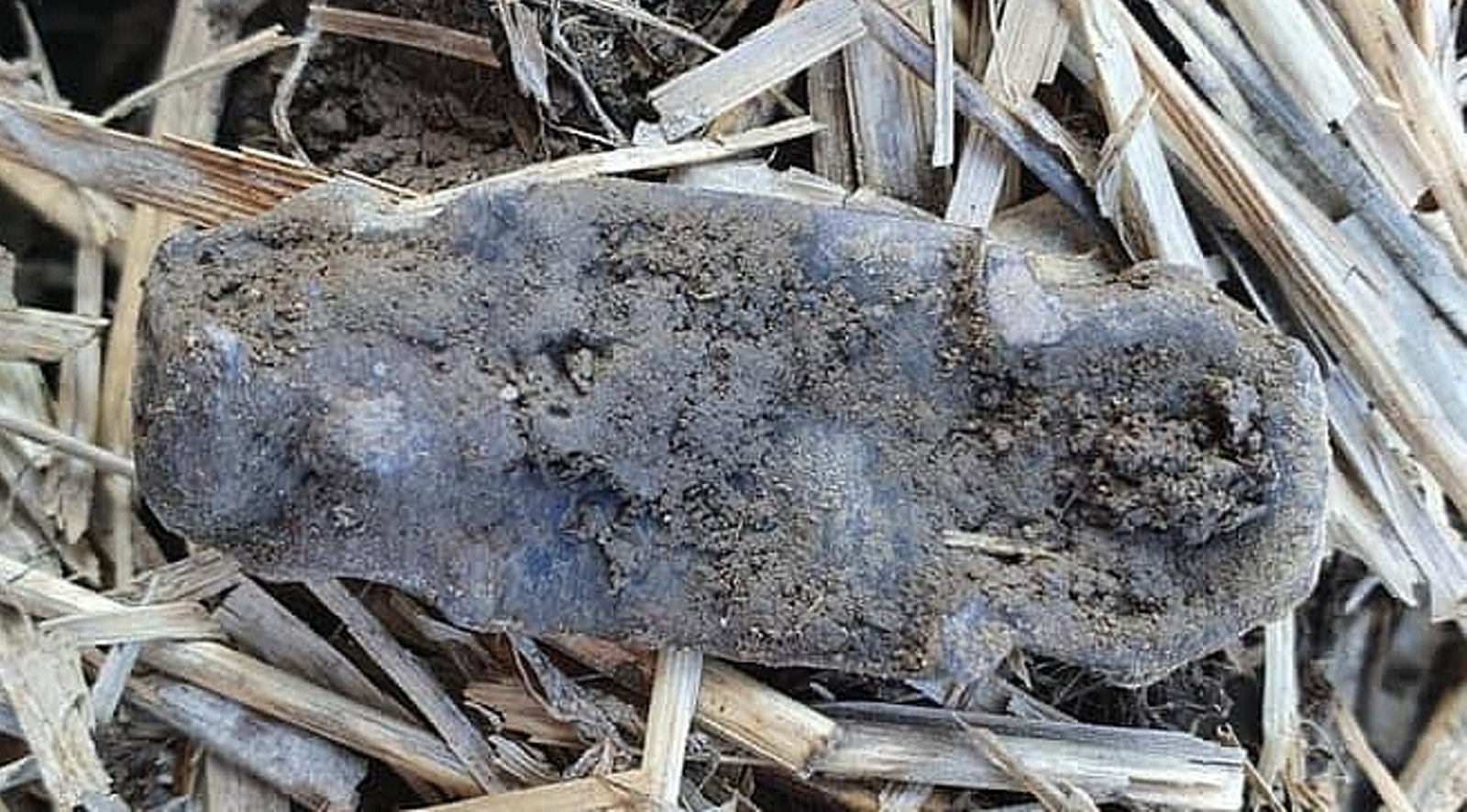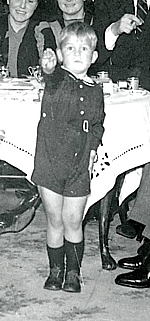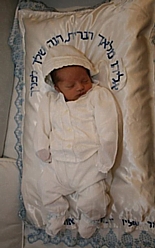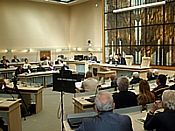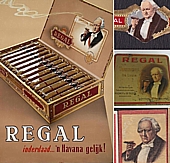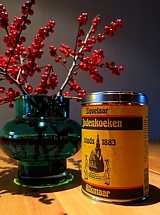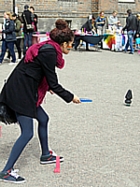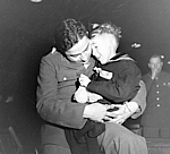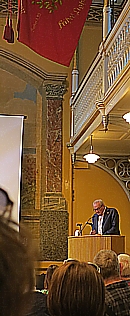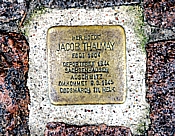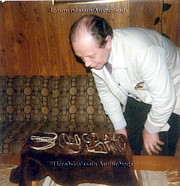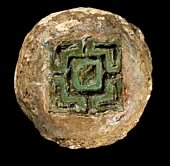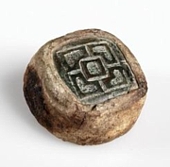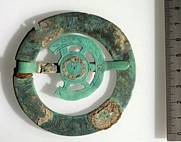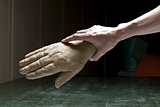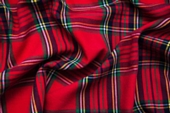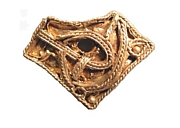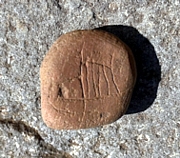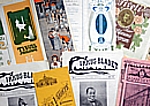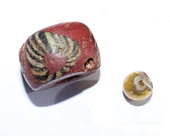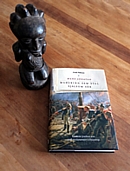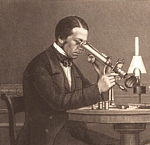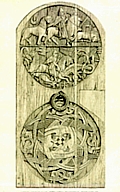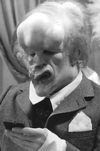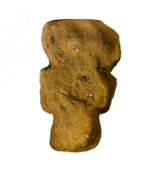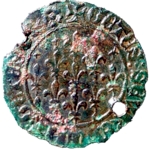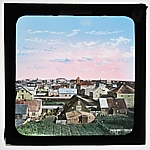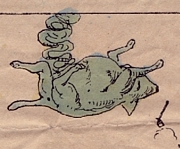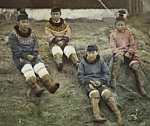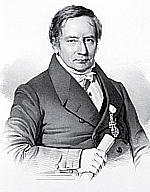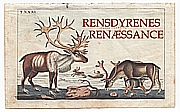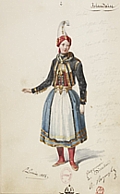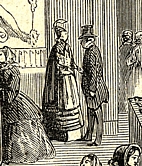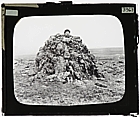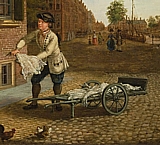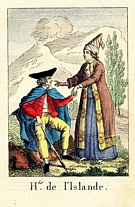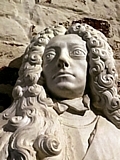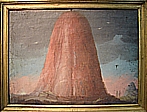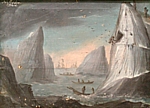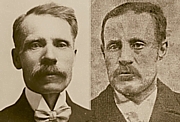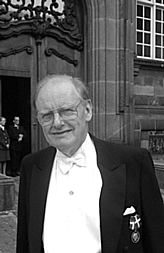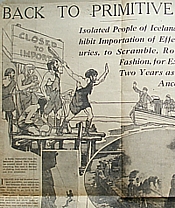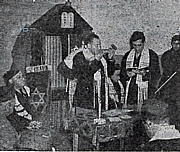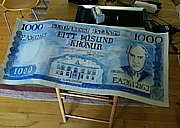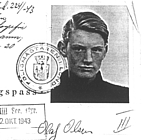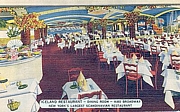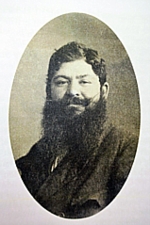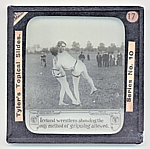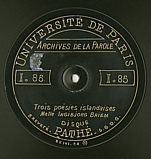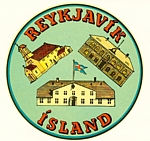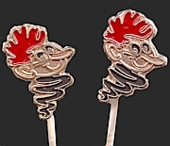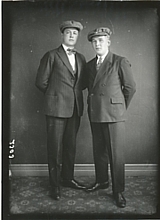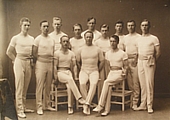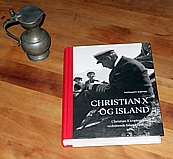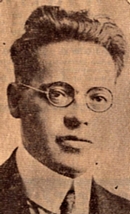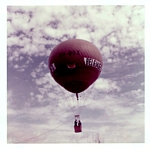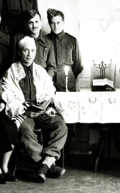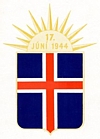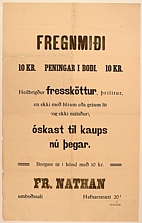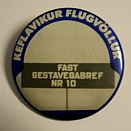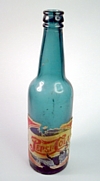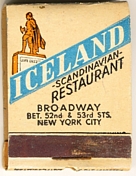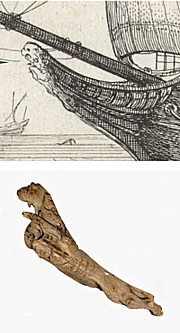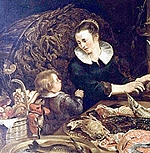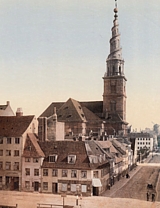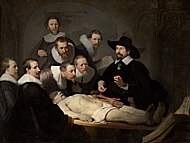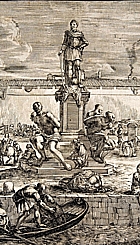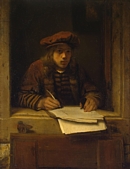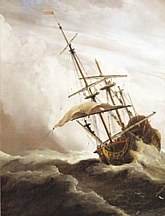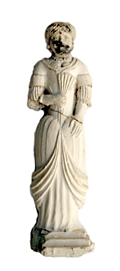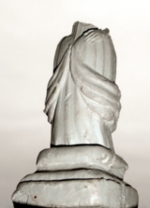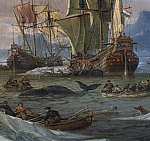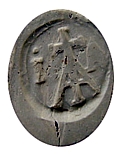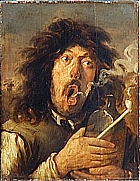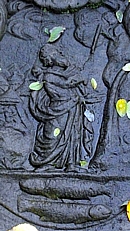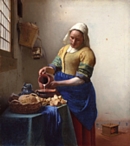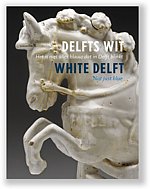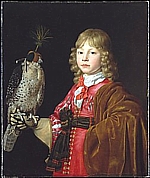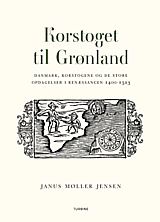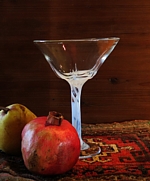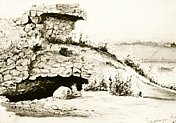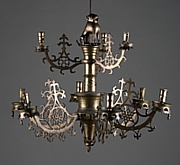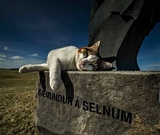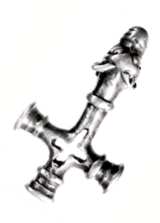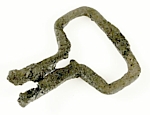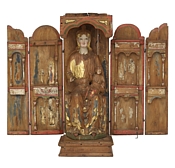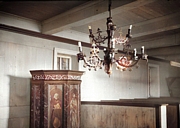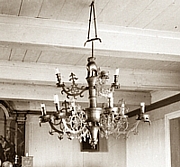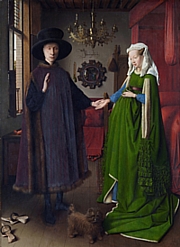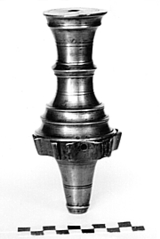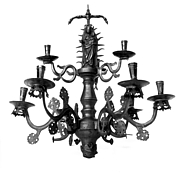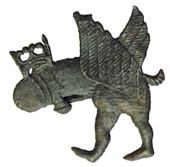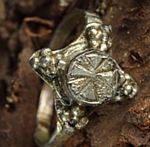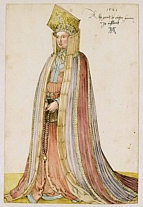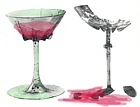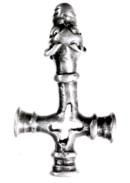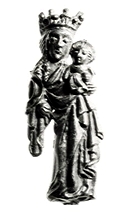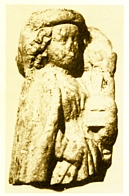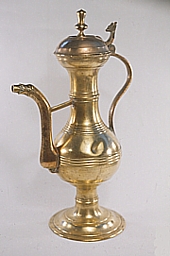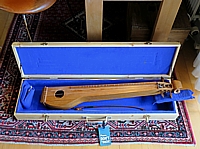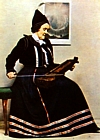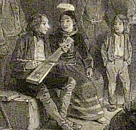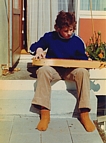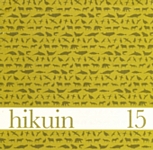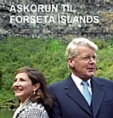The true Nature of the Norwegian Bucket-men
28.4.2021 | 07:48
By Vilhjálmur Örn Vilhjálmsson
The most famous "Bucket-man" of Norway (fig. 2) can be found on a bucket mount in the Oseberg long ship burial, which is dated to ca. AD 834. The mount is in the shape of a sitting man with closed eyes. In front of him is a rectangular board, looking very much like a gaming-board of some sort.
The miniature board-man is a so called escutcheon (a decorated disc or mount, supporting or covering the handles finial attachments on hanging bowls or buckets).
Radiocarbon dates obtained from the bones of one of two women´s buried a Oseberg are poor, partly because of great disturbance of radiocarbon 13 and 14 around 800 AD. The BP ages of two measurements are 1220+/-40 and 1230+/-40, which when calibrated support vaguely the more reliable dendrochronology dates from the burial tent timbers that show us the tent on the deck of the Oseberg burial ship was constructed in 834 AD.
Fig. 2. The bucket-man of Oseberg.
Buddhas on the bucket - hardly - which doesn´t make them Irish.
The original interpretation for the figure proposed it was the Buddha meditating with his eyes closed and in a locked lotus pose. That assumption has changed and now the bucket-man with the geometric board is interpreted as Irish relics, nicked by the Vikings in Ireland around AD 800. Some scholars believe these allegedly Irish mounds are even older than that.
It seems to me that many things in Ireland are dated somewhat earlier then elsewhere, and that the Jazz was even invented in County Kerry - some call it Green nationalism.
So without dates and real parallels from Ireland, I am not buying an Irish origin for the Norwegian Bucket-men, nor a date before 800 AD.
Fig. 3 Crucifixion plaque from Rinnagan near Athlone.
In a recent article (see here) some stylistic arguments for an Irish origin of the Bucket-Buddha of Norway are presented with e.g. a crucifixion plaque from St John´s, Rinnagan, near Athlone in Ireland (presumably late 7th century AD) and a figure of a man in a cloak, the so called "Man of Matthew" in the Book of Durrow (folio 21v), which is dated to 650-80 AD. Neither suggestions are convincing for the interpretation of the interpretation of the Norwegian "Bucket-Buddhas"
Fig. 4 Late 7th ? century manuscript.
Another insular find, and a more convincing uncle of the Oseberg "Buddha" is a bronze mount from Cumbria, England (see fig. 8). The mount is a stray find dated to the 8th century.
A new Grand-master from Stjřrdal, A Buddah, bucketeer or a local board-player?
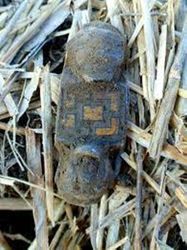 Quite recently a mount from a bucket, or more likely another implement (see the photograph at the beginning of this article and the one left/fig. 5), was found by a Norwegian metal-detectorist in Stjřrdal in Trřndelag (Ţrćndalög) in Norway.
Quite recently a mount from a bucket, or more likely another implement (see the photograph at the beginning of this article and the one left/fig. 5), was found by a Norwegian metal-detectorist in Stjřrdal in Trřndelag (Ţrćndalög) in Norway.
The Norwegian Media has been full of photos of the unconserved artifact and the Viking-people around the world are frolicking.
It is difficult to see whether the new member of the Norwegian Bucket-family is a mount for a bucket, or something entirely different, for instance a belt mount.
Fig. 5-6 (and 1) A Mount recently found in Sjřrdal, Trřndelag, Norway.
A different interpretation:
To be a little untraditional, I am going to apply a gender approach and some queering on this solution. - - No, just kidding. I´m too old to have experienced that era in Norse Archaeology.
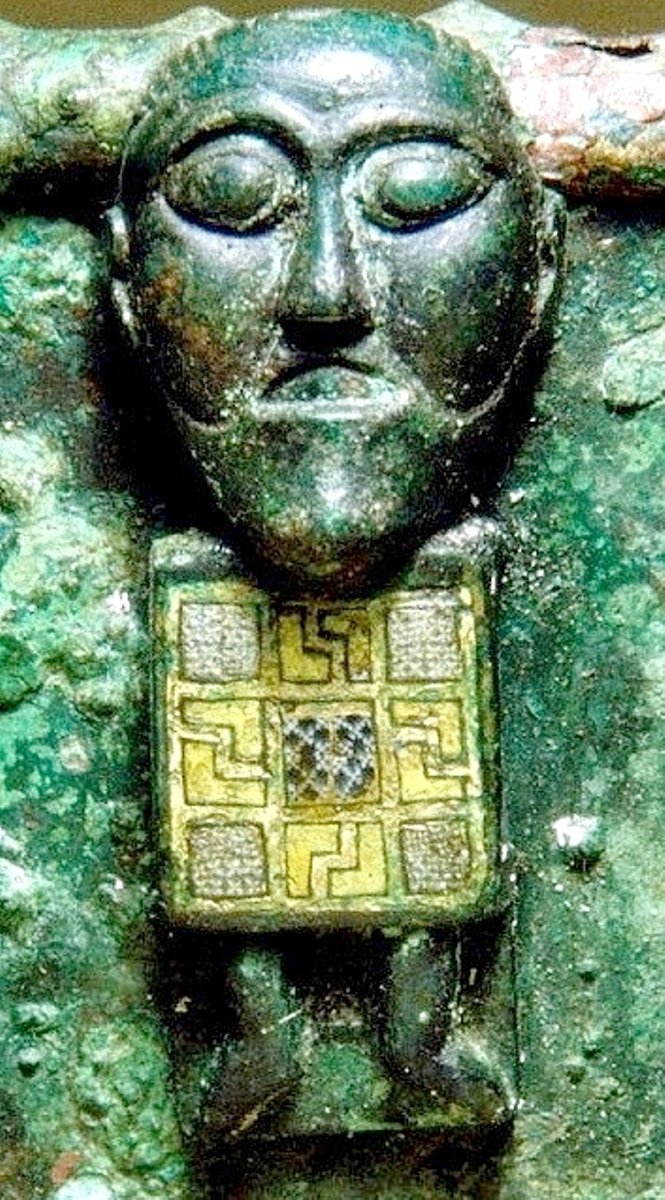 Instead of explaining the "strange" and "unexplained" as Eastern influx, Irish origin or queering the mounts from Oseberg, the open eye one from Myklebostad (Miklabólstađ, photo left, Fig. 7, Bergen Museum) and now the figure recently found in Sjřrdal (Figs 1, 5 and 6). I am proposing that the bucket-men were made in Scandinavian.
Instead of explaining the "strange" and "unexplained" as Eastern influx, Irish origin or queering the mounts from Oseberg, the open eye one from Myklebostad (Miklabólstađ, photo left, Fig. 7, Bergen Museum) and now the figure recently found in Sjřrdal (Figs 1, 5 and 6). I am proposing that the bucket-men were made in Scandinavian.
Obviously they were influenced by insular style, or possibly designed by an artisan from the British Isles/Ireland. However, he might have moved, or have been moved, to Norway, where he produced mounts like these for Norwegian Nobility around AD 800.
Instead of the venerable Buddha - may God be with him - or an Irish holy man, I am suggesting that that the figures represent belief and traditions closer to home in Scandinavia, than to Asia or Ireland.
Tafl-players - Scandinavian Grand Masters of their era
The latest member(s) of the Norwegian Bucket-mound family has two fellows sitting opposite to one another with a chequered board between them. To me it seems as if the mount depicts two men playing a board game, e.g. the Tafl of the Sagas.
To be bold, I want to suggest that the Bucket-men in Norway and Cumbria (se fig. 8, below, of a mount from Arnside, Cumbria), were the way the 9th century Norwegians were trying to depict a sequence of the tale of Völsungar (later preserved in the Völsunga saga in Iceland; Read it here)or in English here, about Sigurđur Fáfnisbani (who is somewhat related to old Sigfried in the similar German tradition of the Niebelungenlied) playing tafl with his tutor and foster father whose name was Reginn Hreiđmarsson according to the Icelandic tradition.
We do know that Buddha was against playing checkers or other board games and if the Norwegian bucket-men are not Irish mounts, showing holy Irish eremites holding the Holy Scripture in a Lotus-position, I am definitely voting for Sigurđur and Reginn playing a good game of Tafl - even the Hneftafl.
Fig. 8. This board-player was found in Arnside in Cumbria. Kendal Museum.
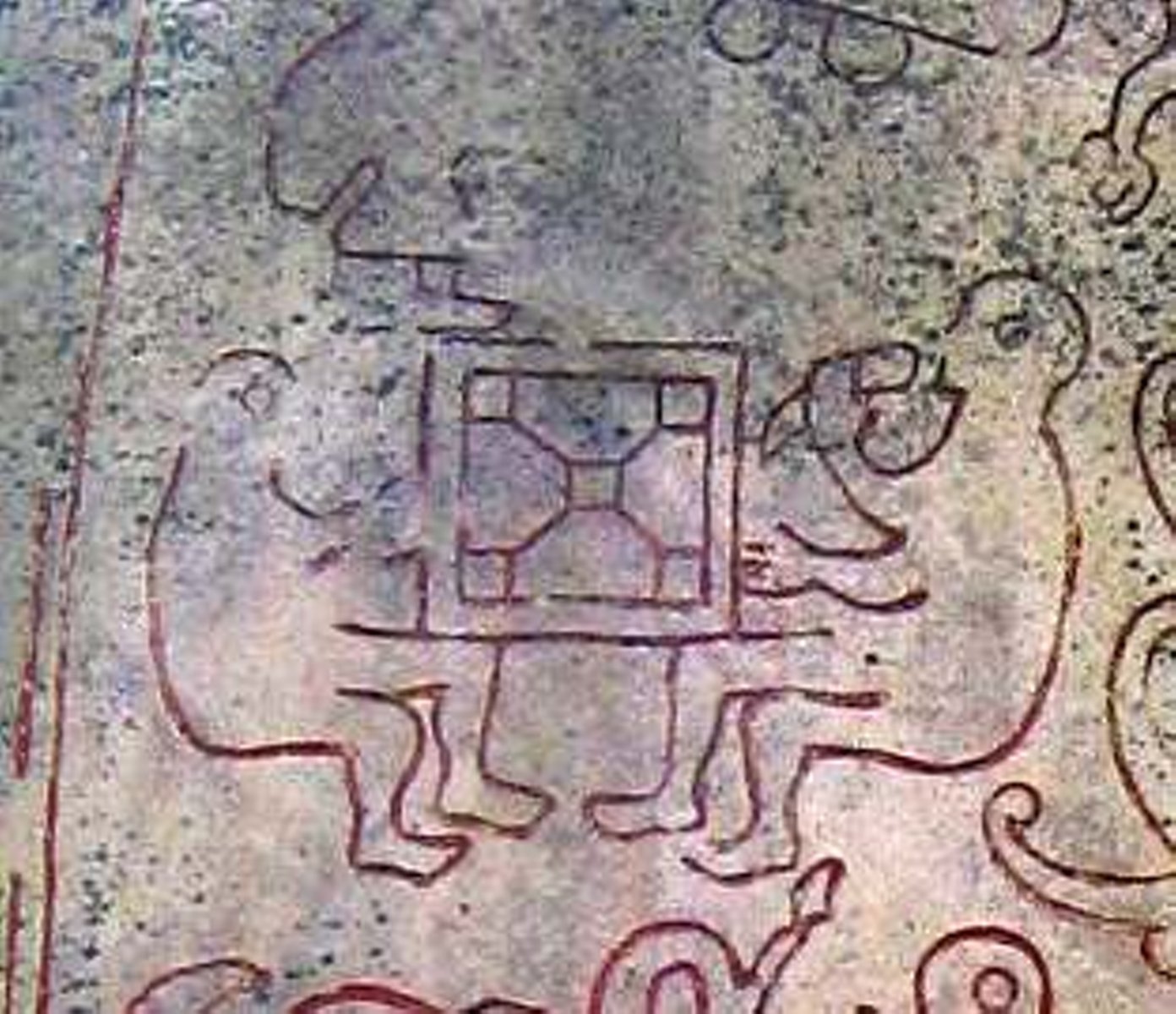 You can believe this hypothesis or not; But why Buddha or Christ, when we have old Sigfried (aka Sigurđur) who plaid tafl in local tales?
You can believe this hypothesis or not; But why Buddha or Christ, when we have old Sigfried (aka Sigurđur) who plaid tafl in local tales?
Jesus was seemingly never a keen player, and Buddha didn´t like a whole series of games, because he believed them to be a "cause for negligence" - Namaste for that (see here).
Another depiction of the gaming Sigurđur and Reginn can be found on the Runic stone Ockelbo, north of Uppsala, Sweden (fig, 9). Please focus on the board.
The Vikings were hooked on the game of tafl.
Well, believe this or not.
To end these reflections, here are some photographs of some top plates of weights (or are they gaming pieces?) found in Iceland, Wales and Norway. They are dated to the 9th and 10th centuries (see more here if you can read Icelandic).
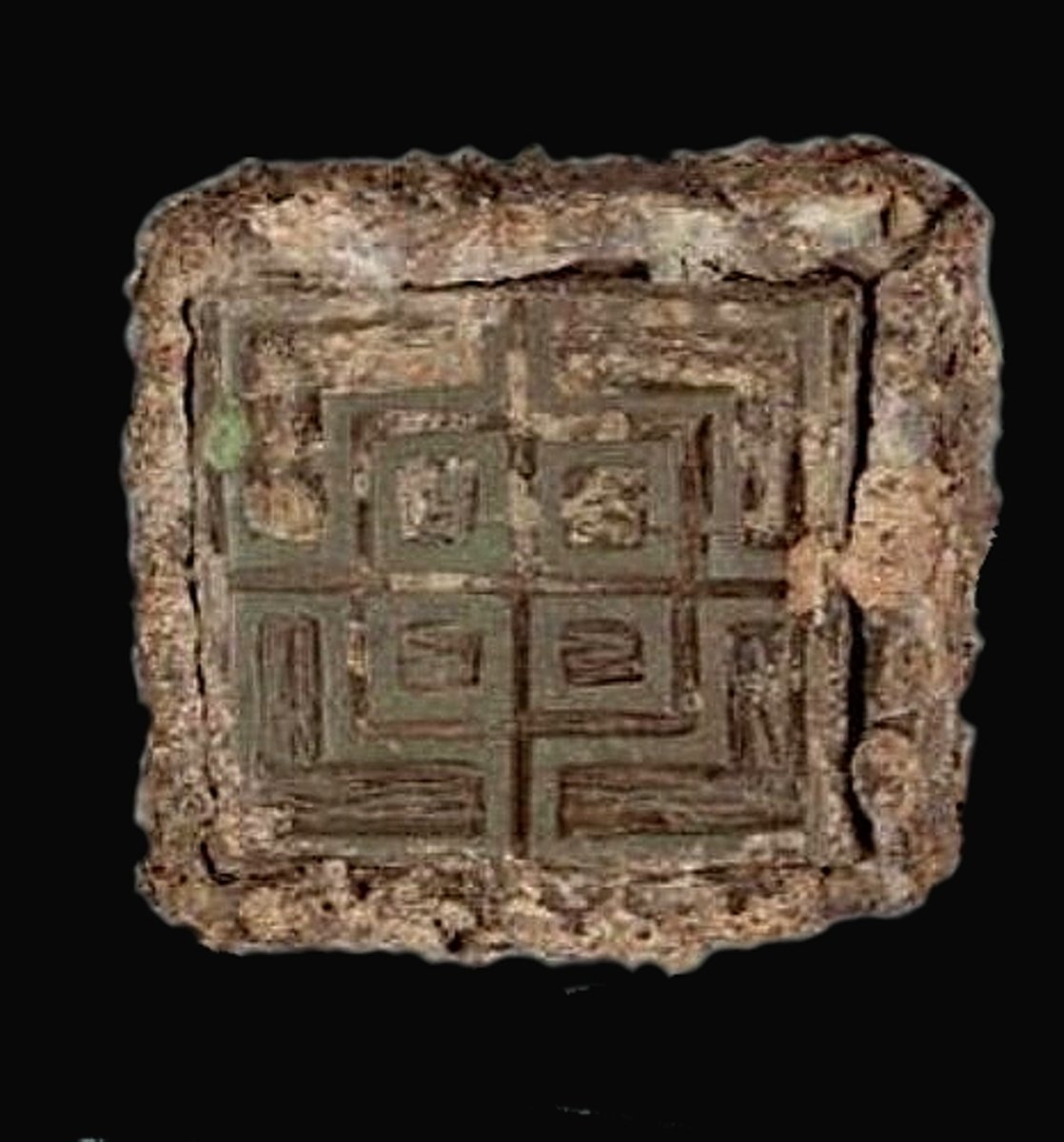
Fig. 10 a. Sandtorg, in Tjeldsund, Harstad, Troms
Fig. 10 b. Anglesey, Wales
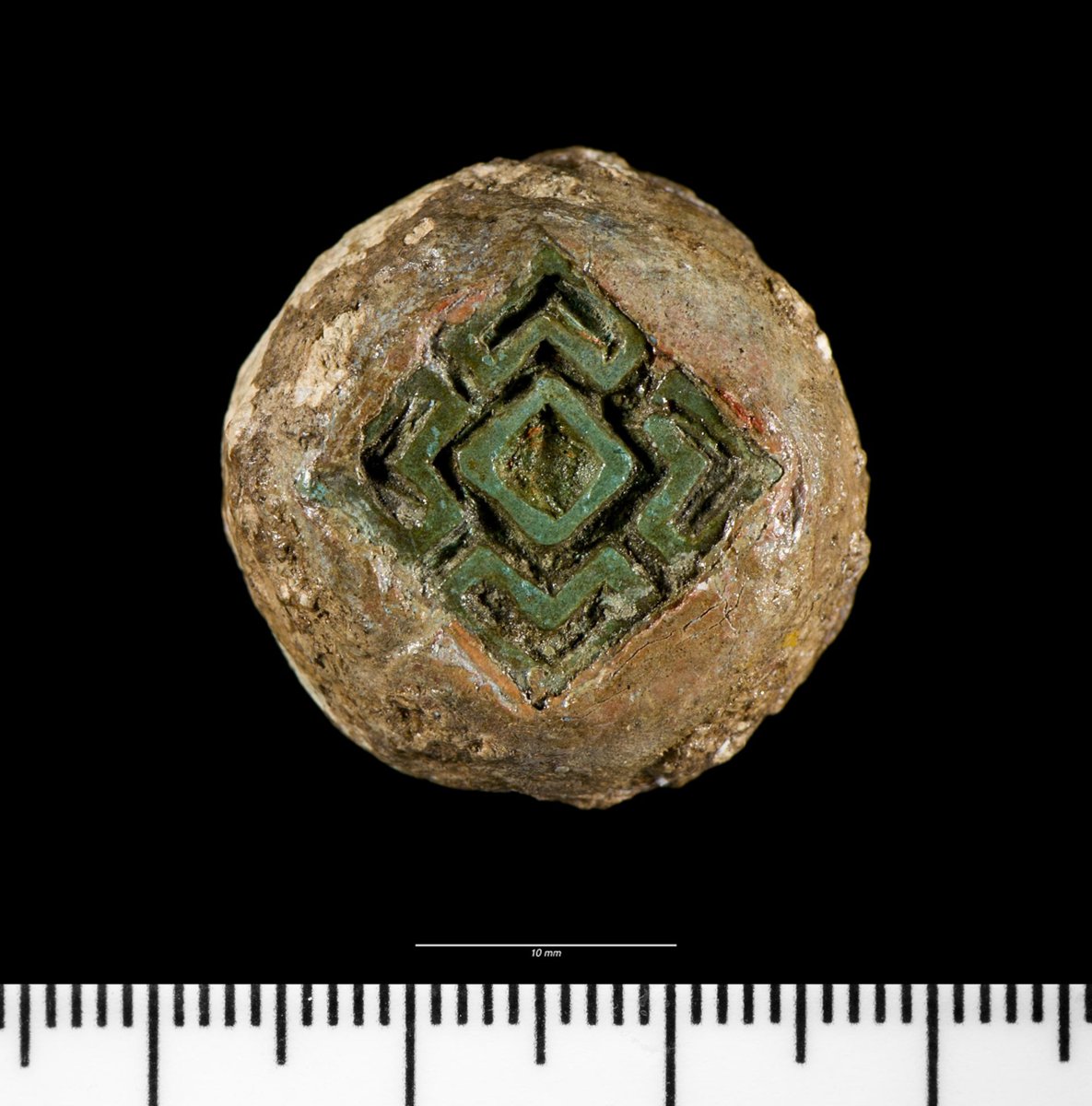

Fig. 10 c: Bólstađur in Álftafjörđur, Iceland
Fornleifafrćđi | Breytt 30.4.2021 kl. 18:57 | Slóđ | Facebook | Athugasemdir (5)


